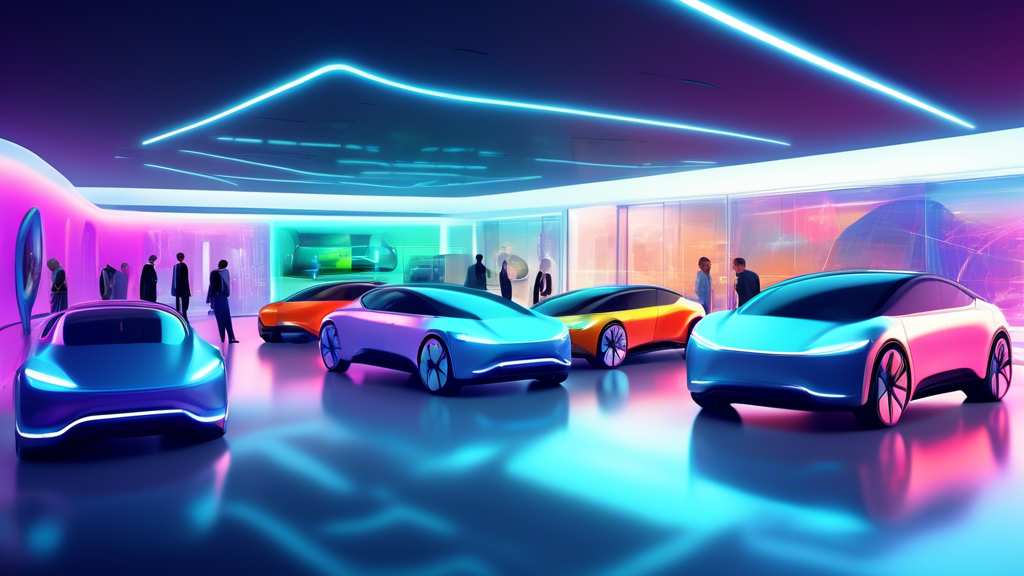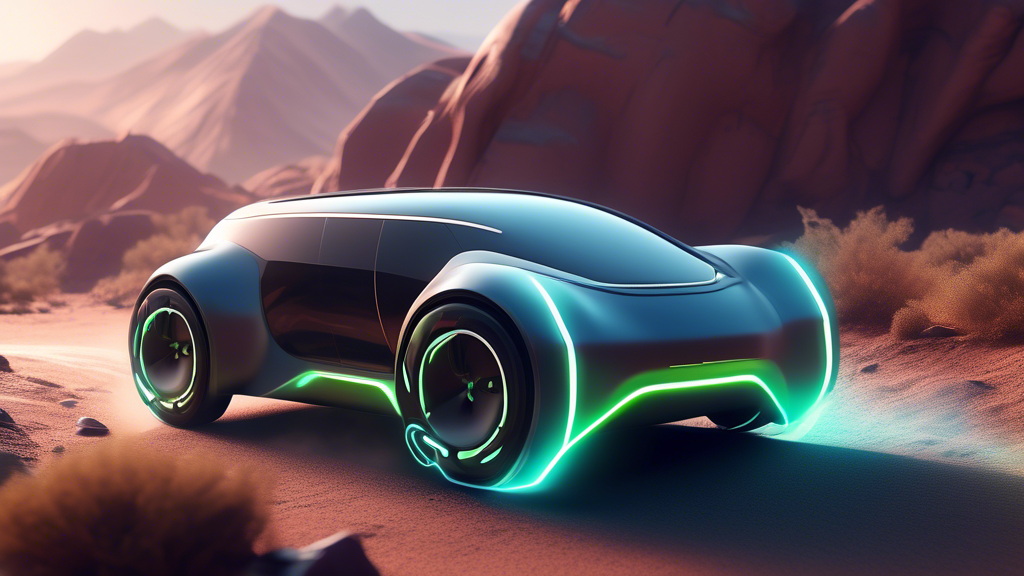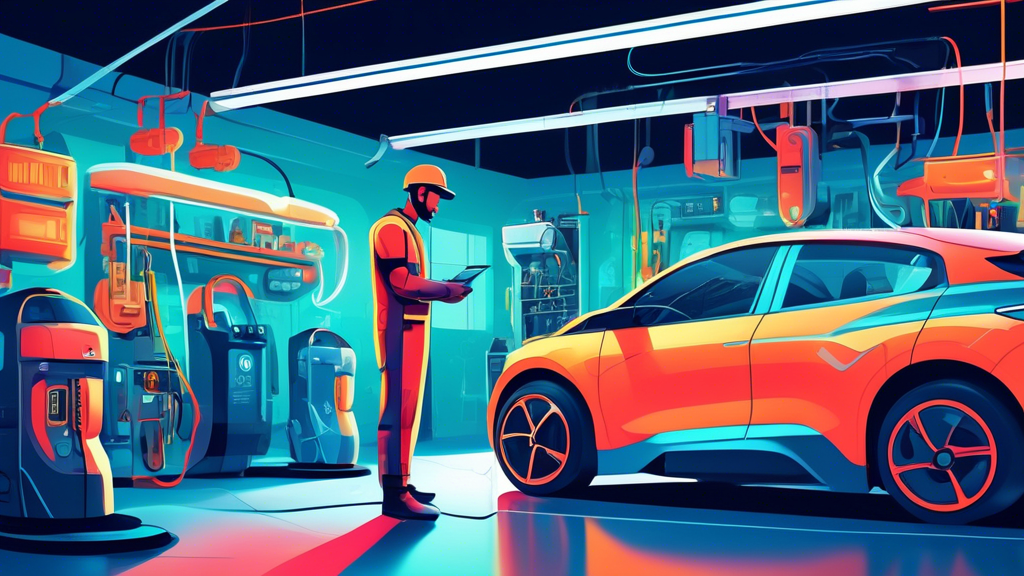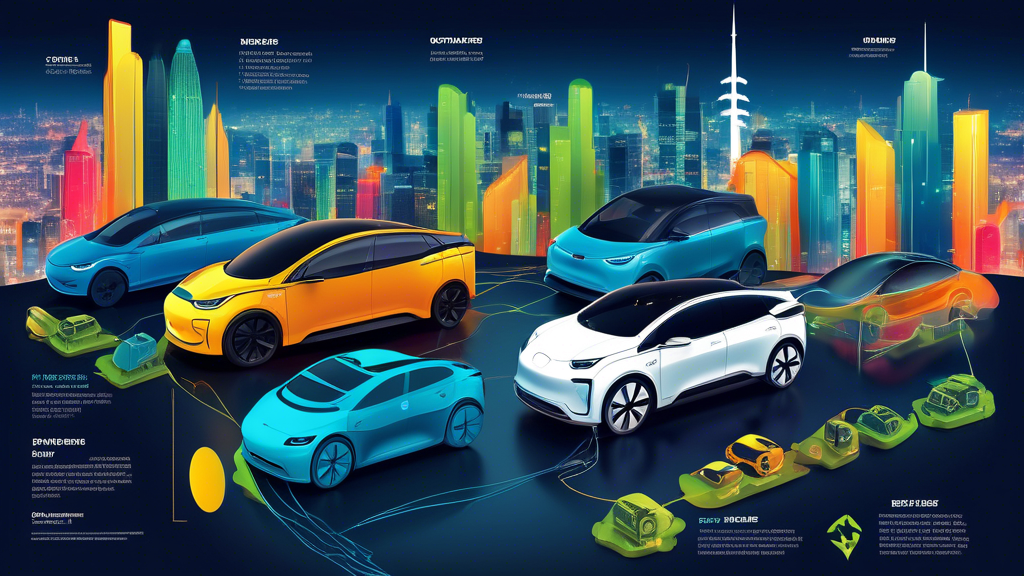
So, you’re thinking about jumping on the electric vehicle (EV) bandwagon? Good for you! The vision of quiet road trips, advanced technology, and waving goodbye to gas stations is often associated with electric cars. But before you start picking out your favorite color or dreaming about zero emissions, there’s more to know about EVs. Let’s plug into the basics guide, shall we?
Understanding Electric Cars
First things first: what exactly is an electric car? Forget the complex jargon—simply put, an EV is a vehicle powered by one or more electric motors, using energy stored in batteries. This means no gas is required. Pretty neat, right?
EVs come in a few flavors. There are all-electric vehicles (AEVs) that rely solely on electricity. Think Tesla Model S or Nissan Leaf. Then there are plug-in hybrid electric vehicles (PHEVs), like the Chevrolet Volt or Toyota Prius Prime, which combine electricity and gasoline. PHEVs can be an excellent middle ground if you’re not quite ready to part with gasoline entirely.
Charging: Not Your Average Pit Stop
Now, let’s talk about charging because it’s different from swinging by the gas station for a five-minute refuel. Your EV can be charged at home using a standard outlet or a faster charging station. Public charging stations can be found in more and more locations, but it’s crucial to plan your trips, especially long ones, around charging points. Have you ever considered charging your car while you shop for groceries? Now’s your chance!
A common question is, How long does it take to charge? Depending on your car and charger type, it ranges from less than an hour to overnight. It’s good to ask yourself, are you the person who remembers to charge your phone at night? If not, you might need to rethink or adapt your routine.
EV’s Range: How Far Can It Go?
One of the most common questions from prospective and new EV owners is about the EV’s range: How far can it go on a single charge? Continue to find out more.

Cost-Effectiveness: Budgeting Beyond the Purchase Price
EVs can seem pricey at first glance, but let’s break down the total cost of ownership. Yes, the upfront cost can be higher, but operating and maintaining an electric car is generally cheaper than a conventional car. Why? There are fewer moving parts to break down or replace, no oil changes, and, of course, no weekly shell-outs for gas. Plus, many governments offer juicy incentives that can help reduce the purchase price.

Maintenance: EV, Hybrids and Plug-in Hybrids
What’s the Difference? Maintenance becomes more about software updates and battery health and less about oil changes.
How About the Driving Experience?
Driving an electric car is not just about being eco-friendly; it’s also a unique driving pleasure. They’re quick off the mark, thanks to the instant torque delivered by the electric motor. Ever wanted to feel like you’re in a silent movie while cruising down the street? EVs are incredibly quiet, adding to a more relaxing ride. And let’s not forget the environmental benefits—you’ll be reducing your carbon footprint, one kilometer at a time.
Are Electric Cars Fun To Drive?
Are electric cars fun to drive? Many potential drivers are curious if electric cars are fun to drive and can match the driving experience of regular cars.

Thinking Long-Term: Battery Life and Resale Value
One of the big topics often hovering in potential EV buyer’s minds is battery life. Modern EV batteries typically last well over 100,000 miles. However, like all batteries, they degrade over time, affecting your car’s range and overall performance. Conversely, technological advances and an increasing focus on renewable energy might increase future resale values as more people look to go electric.

Understanding EV Depreciation: A Guide for Buyers
Understanding EV depreciation is key for prospective buyers as the EV market evolves.
Ready to Make the Switch?
Investing in an electric car is exciting, but it requires thought and preparation, like any major decision. Consider your driving habits, access to charging stations, and how EV fits your lifestyle. Maybe give one a test drive to see if you can imagine yourself going electric. The lure of the electric side is strong—will you give in to it?
Remember, every revolution starts with a spark—or, in this case, a fully charged battery. Ready to take the plunge?
